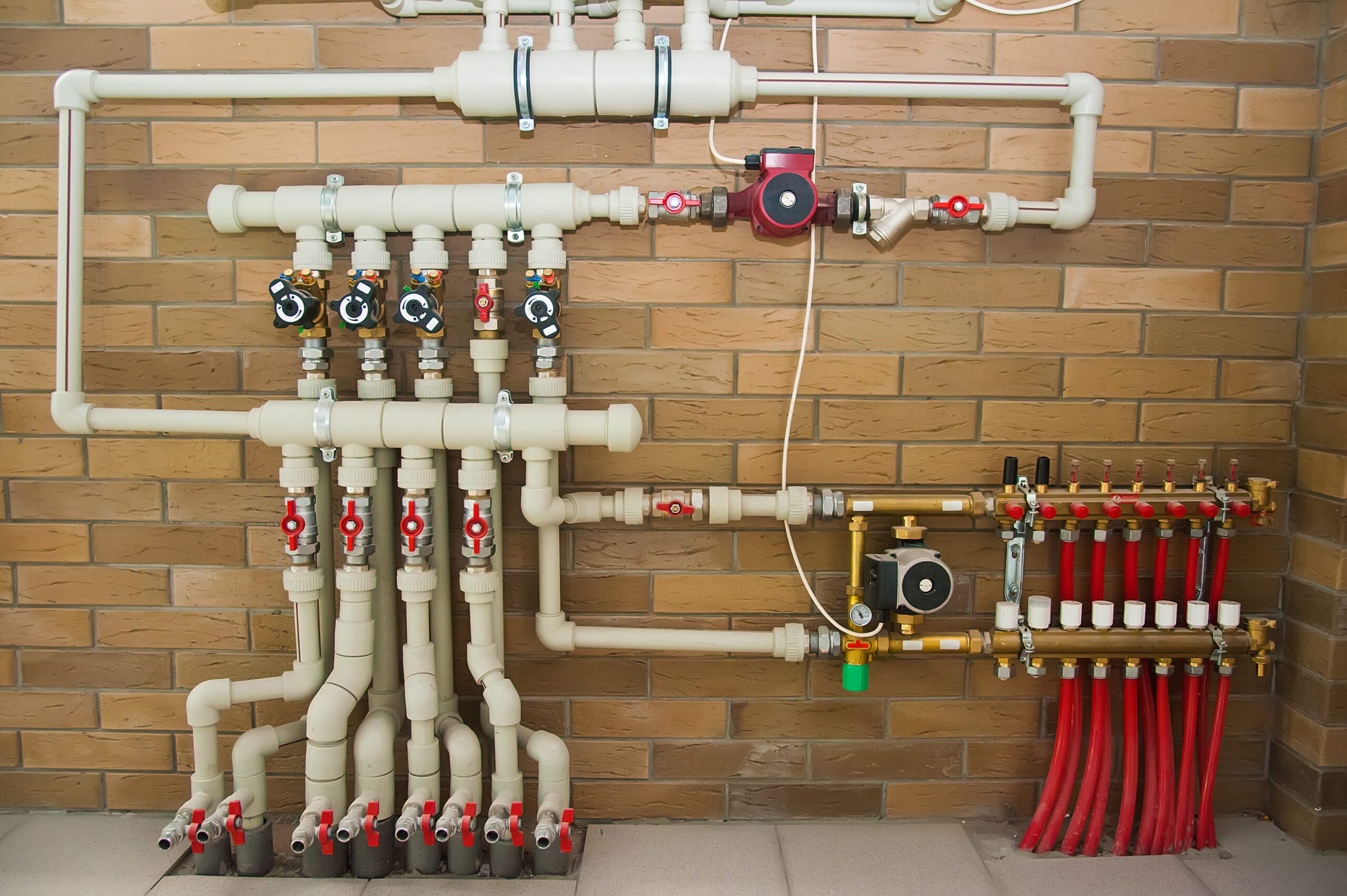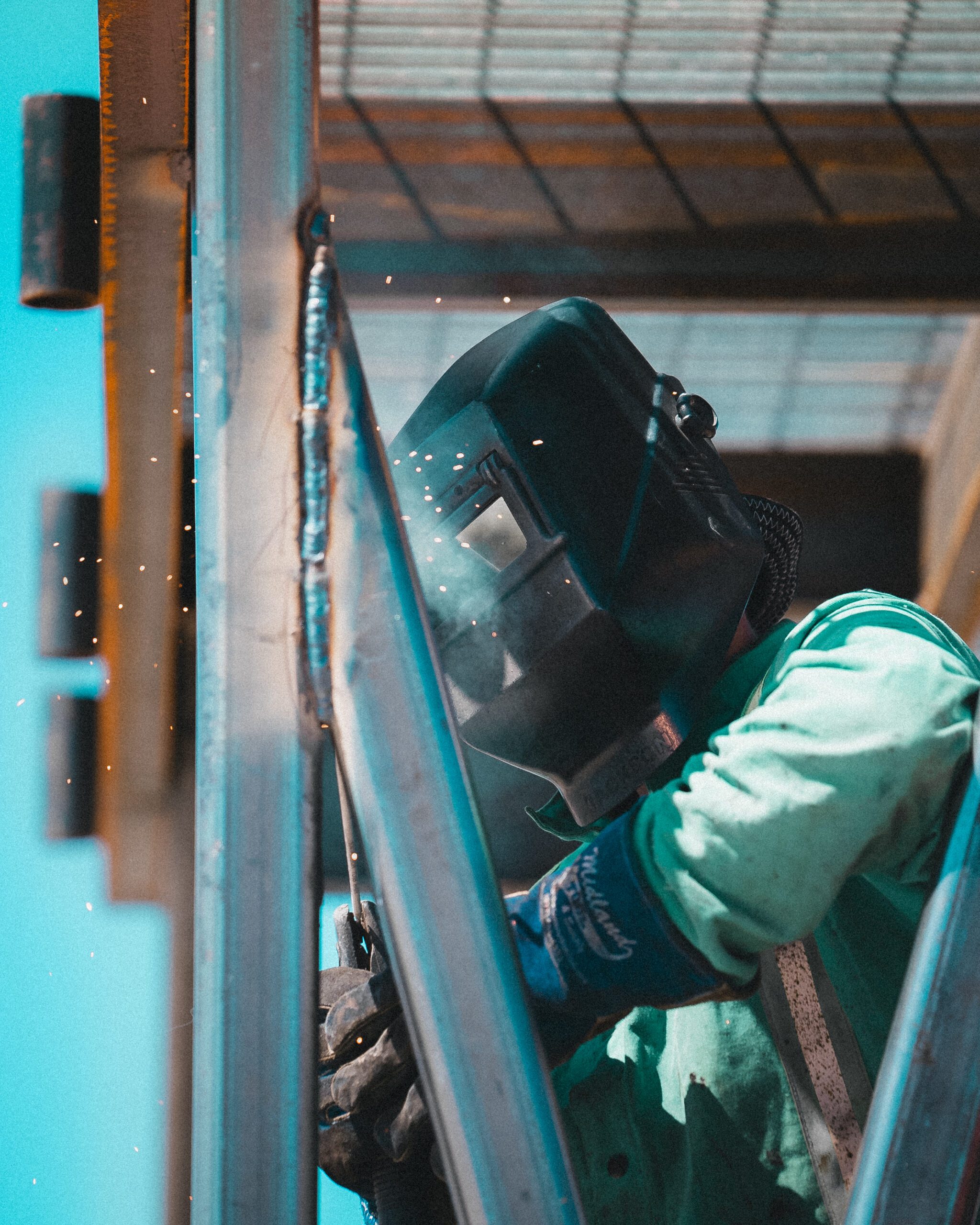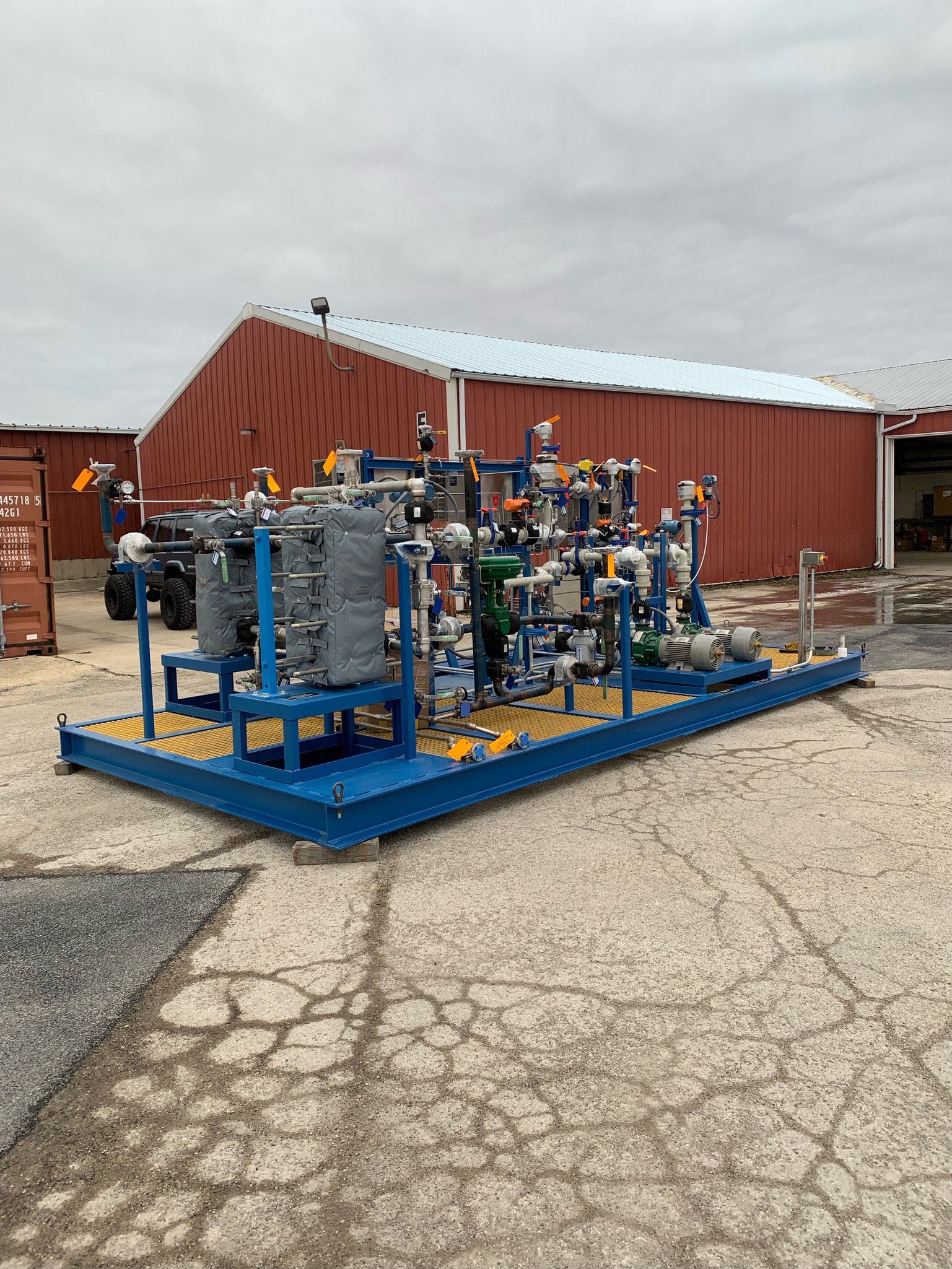In industrial plants, connecting plastic pipe to copper is a common challenge for plant managers. The ability to seamlessly join these two materials is crucial for effective fluid handling systems. In this blog post, we will explore the various methods and considerations involved in connecting plastic pipe to copper. As industry experts in mechanical contracting, DePue Mechanical is here to provide valuable insights and solutions for this critical process.
Understanding the Materials:
Before we dive into the methods of connecting plastic pipe to copper, let’s briefly discuss the characteristics of these materials. Plastic pipe, such as PVC or CPVC, offers corrosion resistance, flexibility, and cost-effectiveness. On the other hand, copper pipe provides durability, excellent heat transfer properties, and long-term reliability. Understanding the unique qualities of each material is essential in finding the most efficient connection method.
Instances where Connecting Plastic Pipe to Copper is Needed:
Connecting plastic pipe to copper becomes necessary in various instances within an industrial plant setting. Let’s explore a few scenarios where this connection may be required:
- Infrastructure Expansion: As industrial plants grow and undergo expansion, there may be a need to connect new plastic pipe systems to existing copper pipe systems. This could be the case when adding new equipment or extending the existing fluid distribution network.
- Corrosive Environments: Some industrial processes involve working with corrosive or aggressive fluids. In such instances, plastic pipe systems are often preferred due to their resistance to chemical attack. Connecting these plastic pipes to copper pipes may be necessary when transitioning from a corrosive area to a less corrosive one or when connecting equipment with different material requirements.
- Retrofitting Projects: In older industrial plants, copper pipe systems may already be in place. However, as technology advances and more efficient materials are introduced, retrofitting projects frequently arise. Connecting plastic pipe to copper allows plant managers to take advantage of the benefits that plastic piping systems offer, such as improved longevity and reduced maintenance costs.
Method 1: Compression Fittings:
Compression fittings are a popular choice for connecting plastic pipe to copper. These fittings consist of a threaded nut, a compression ring, and an insert adapter. The plastic pipe is inserted into the adapter, and the compression ring is tightened onto the pipe using the nut, creating a secure connection. DePue Mechanical offers a wide range of compression fittings suitable for industrial applications, ensuring leak-free transitions between plastic and copper pipes.
Method 2: Push-to-Connect Fittings:
Another efficient method for connecting plastic pipe to copper is by using push-to-connect fittings. These fittings require no special tools or soldering, making them quick and convenient for plant managers. With a simple push and lock mechanism, the plastic pipe can be easily connected to the copper pipe, providing a reliable and durable joint. DePue Mechanical offers a variety of push-to-connect fittings known for their ease of installation and superior performance.
Method 3: Transition Couplings:
In some cases, plant managers may prefer to use transition couplings to connect plastic pipe to copper. These couplings are specifically designed to bridge the gap between different materials. By utilizing a rubber gasket and stainless-steel clamps, transition couplings ensure a tight and secure connection. DePue Mechanical provides a range of transition couplings suitable for industrial applications, offering versatility and compatibility with various pipe sizes.
Considerations for a Successful Connection:
When connecting plastic pipe to copper, several factors should be considered to ensure a successful and durable connection:
- Compatibility: Verify that the plastic pipe and copper pipe materials are compatible for the specific application and fluid medium.
- Cleanliness: Thoroughly clean the ends of the pipes before making the connection to remove any debris or contaminants that could compromise the joint.
- Proper Sizing: Ensure the pipe sizes are compatible and appropriate for the specific system requirements. Consult with DePue Mechanical to determine the correct pipe sizes and fittings.
Conclusion:
Connecting plastic pipe to copper is a crucial task for industrial plants and plant managers. By understanding the instances where this connection may be needed and utilizing reliable methods such as compression fittings, push-to-connect fittings, or transition couplings, a secure and efficient connection can be achieved. DePue Mechanical, a leading mechanical contractor, offers a wide range of solutions and expertise in connecting different pipe materials.
Connect with us to learn more about our services and how we can assist you in overcoming the challenges of connecting plastic pipe to copper.
Remember, a successful connection is not only important for the overall efficiency of your fluid handling system but also for the longevity and reliability of your plant operations. Trust the experts at DePue Mechanical to provide innovative solutions and ensure smooth transitions between plastic and copper pipes.



